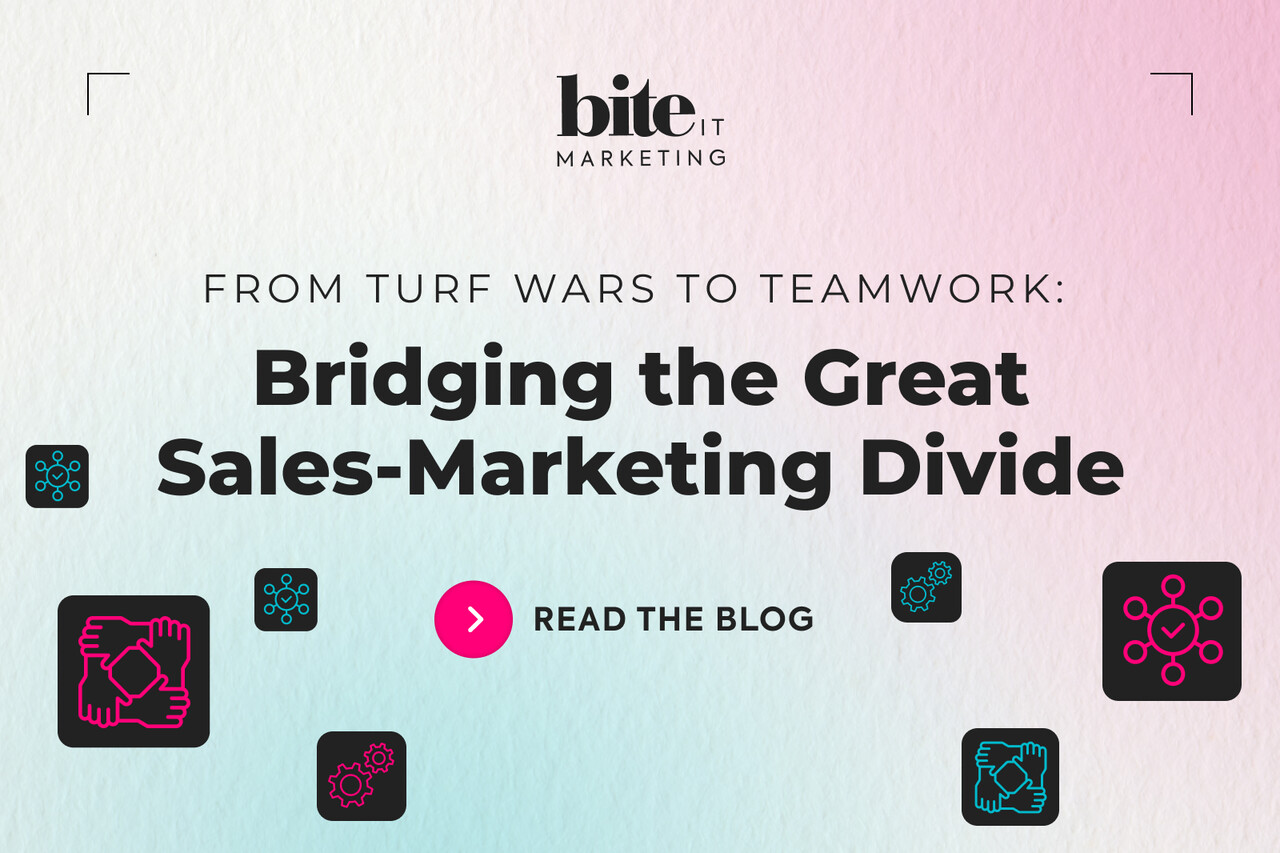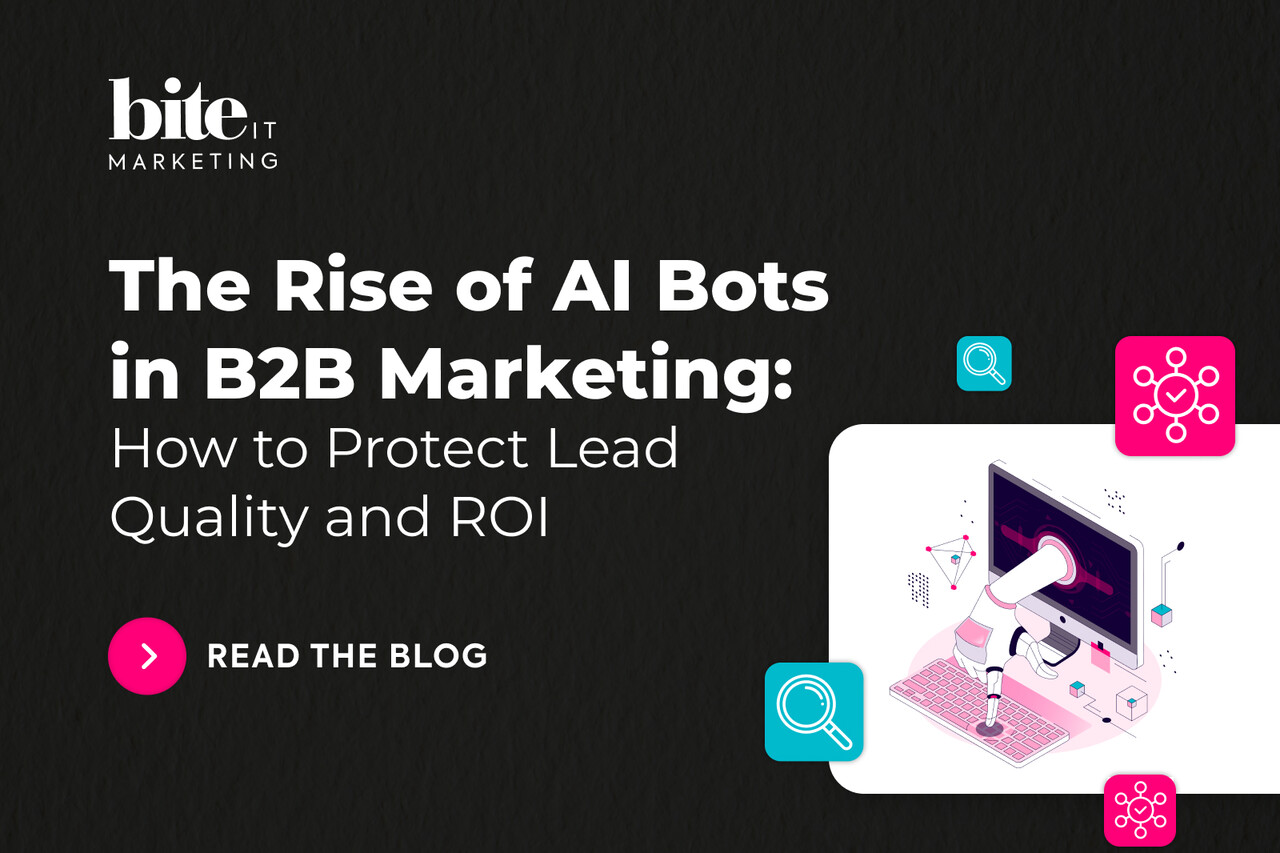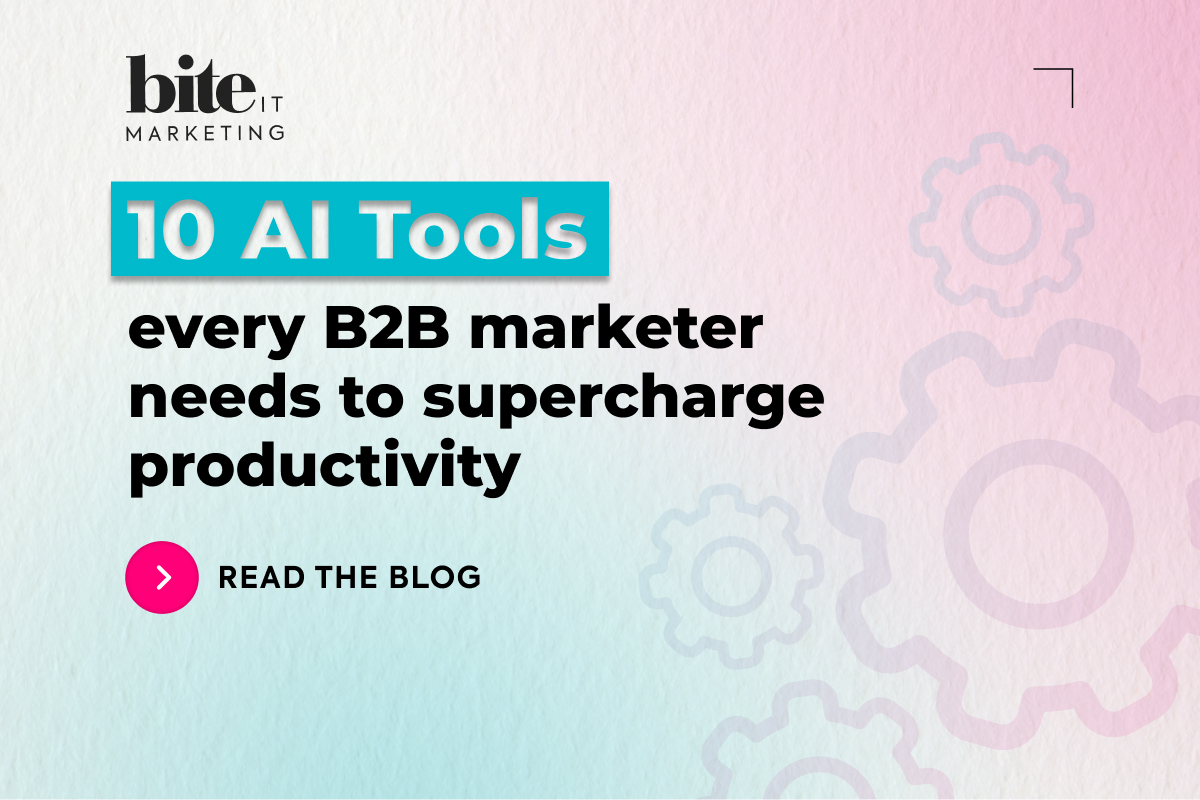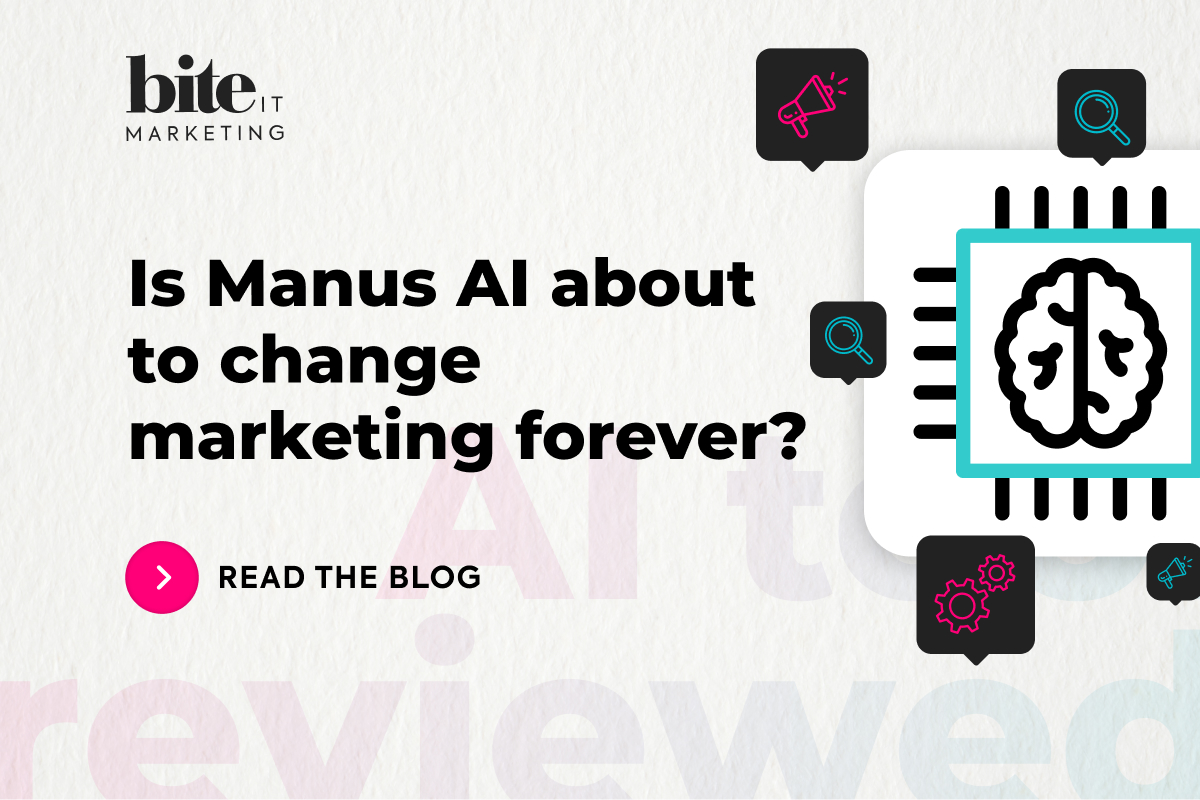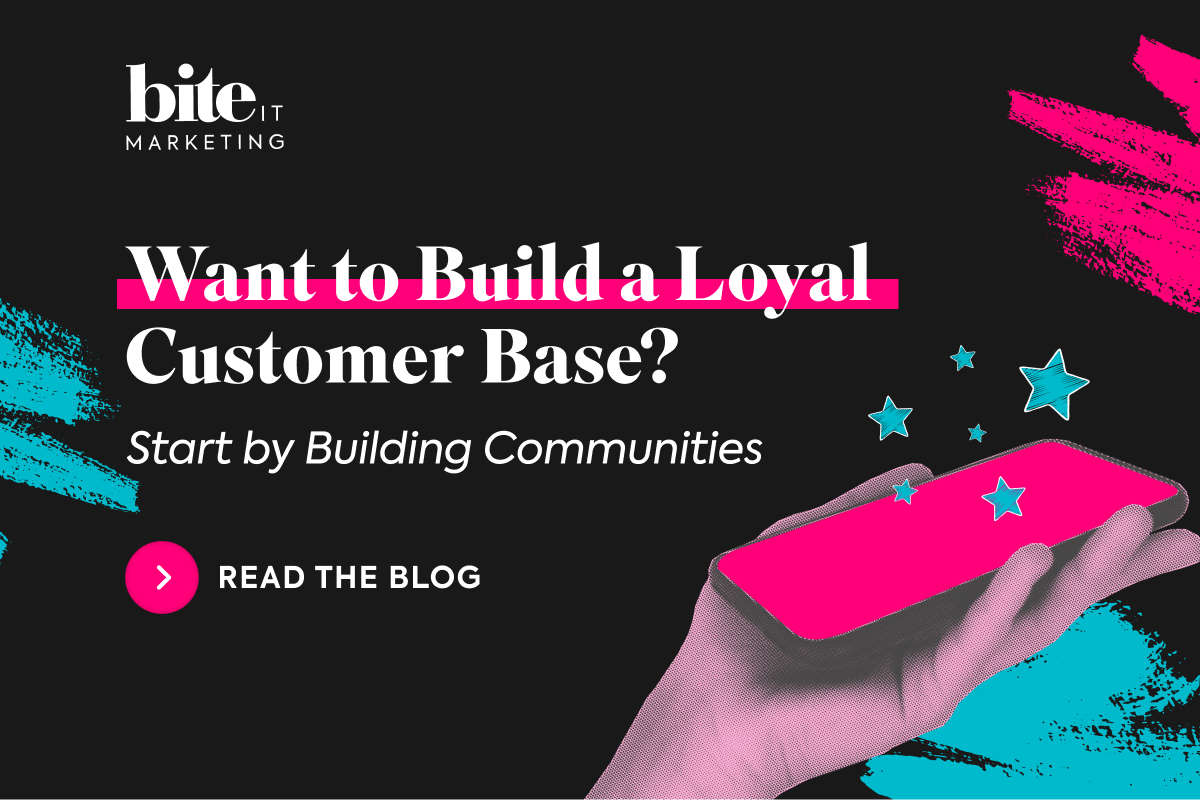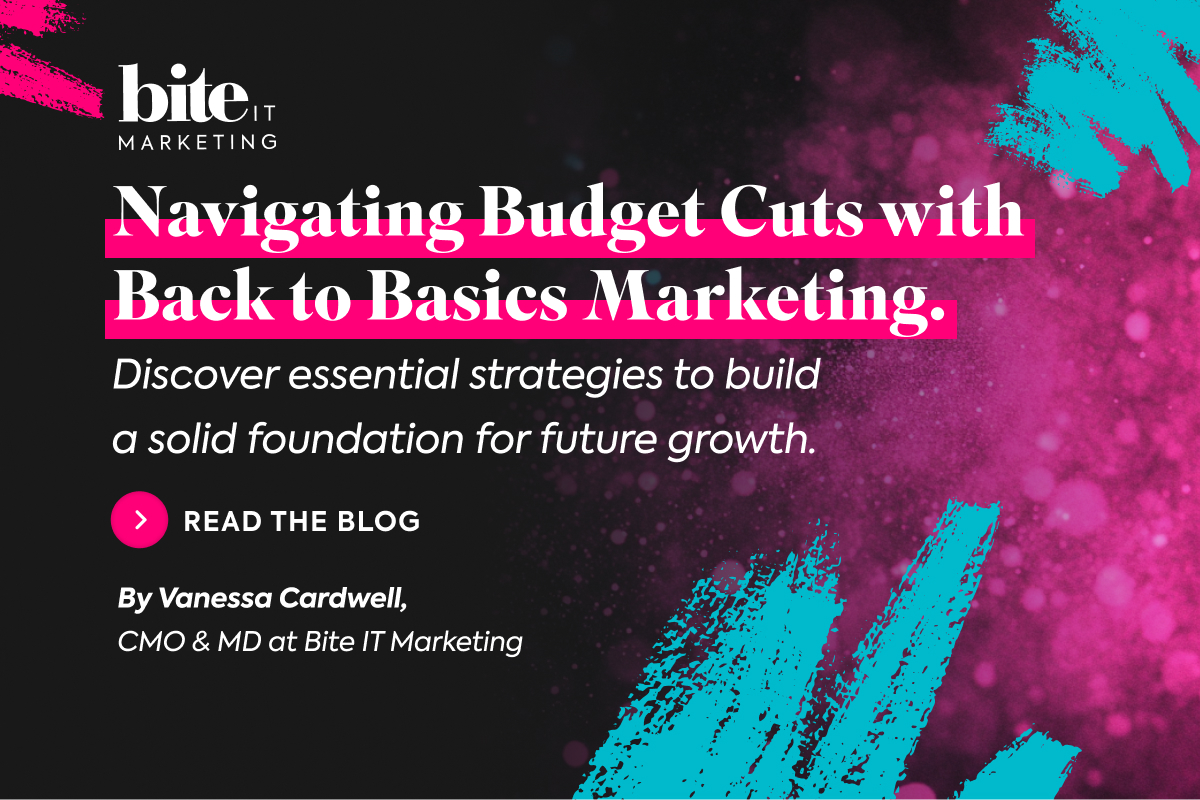
As we step into 2025, some marketing teams may be bracing for budget cuts. This financial tightening requires a strategic shift, focusing on core marketing activities that drive consistent results. In this blog, I will discuss what “back to basics” means in marketing, the essential elements marketers should prioritise, and how maintaining these basics can provide a robust foundation for future growth.
What Does “Back to Basics” Mean in Marketing?
“Back to basics” in marketing involves concentrating on fundamental activities proven to be effective over time. This approach emphasises efficiency, effectiveness, and strategies that ensure steady performance, even with limited resources.
Essential Basics Marketers Should Focus On:
-
Customer Relationship Management (CRM)
Importance: Strong customer relationships are vital for sustained success. Effective CRM strategies lead to increased customer loyalty and higher lifetime value.
Stats & Research: According to Forrester, companies with strong CRM capabilities see a 27% improvement in customer retention. Additionally, 65% of businesses adopt CRM within their first five years.
Bite’s Tip: Focus on data quality by ensuring your customer data is clean, accurate, and well-organised. Regularly update your database to avoid errors. -
Content Marketing:
Importance: High-quality, relevant content remains a cornerstone of effective marketing. It engages audiences, builds brand authority, and drives organic traffic.
Stats & Research: As reported by the Content Marketing Institute, content marketing generates three times as many leads as traditional marketing and costs 62% less.
Bite’s Tip: Understand your audience through research to create content that resonates. Prioritise quality over quantity, producing well-researched, engaging content. -
Search Engine Optimisation (SEO):
Importance: SEO ensures your content is discoverable by search engines, driving organic traffic to your website.
Stats & Research: BrightEdge reports that 68% of online experiences begin with a search engine, and 70% of marketers find SEO more effective than PPC for driving sales.
Bite’s Tip: Conduct keyword research to identify relevant search terms. Optimise on-page elements and create high-quality content that addresses audience needs. -
Email Marketing:
Importance: Email marketing is a cost-effective way to reach and engage your audience, offering personalised communication and high ROI.
Stats & Research: According to DMA, for every £1 spent on email marketing, the average return is £42. Additionally, 81% of small businesses rely on email as their primary customer acquisition channel.
Bite’s Tip: Build a quality email list and segment your audience for targeted campaigns. Craft compelling subject lines to boost open rates. -
Social Media Engagement:
Importance: An active social media presence builds brand awareness and engages customers.
Stats & Research: Hootsuite reports that 73% of marketers find social media marketing effective. Furthermore, 54% of social browsers use social media to research products.
Bite’s Tip: Choose the right platforms where your audience is most active. Create engaging content and maintain a consistent posting schedule.
How to Measure the Effectiveness of These Basics:
Establish KPIs and metrics for each area. For CRM, track customer retention and lifetime value. Monitor website traffic and engagement for content marketing. Measure SEO effectiveness through search rankings and CTR. Evaluate email marketing success by open and click-through rates. For social media, focus on follower growth and engagement rates.
How AI Can Help Improve These Basics:
AI can enhance these strategies significantly. For CRM, AI tools like Salesforce Einstein analyse customer data to predict behaviours. In content marketing, HubSpot’s Content Strategy identifies trending topics. AI platforms like Moz improve SEO through keyword insights. For email marketing, tools like Mailchimp’s Smart Recommendations personalise content. Social media tools like Hootsuite use AI to analyse engagement data.
Conclusion:
Focusing on these essential basics ensures a strong marketing foundation. Once budgets return, businesses will be well-positioned to amplify their efforts and drive growth and innovation. In addition to the core areas of CRM, content marketing, SEO, email marketing, and social media engagement, consider reinforcing your strategies with strong brand positioning, thorough market research, and active customer feedback mechanisms. These elements, combined with cross-channel integration, can enhance resilience and adaptability. By concentrating on these fundamentals, you can build a solid platform from which to grow, ensuring long-term success and competitiveness in the market.
We hope you find these tips useful, please get in touch if you need any help with the basics. I firmly believe if you can get the basics right, you’ll excel once your budgets ramp up again!


